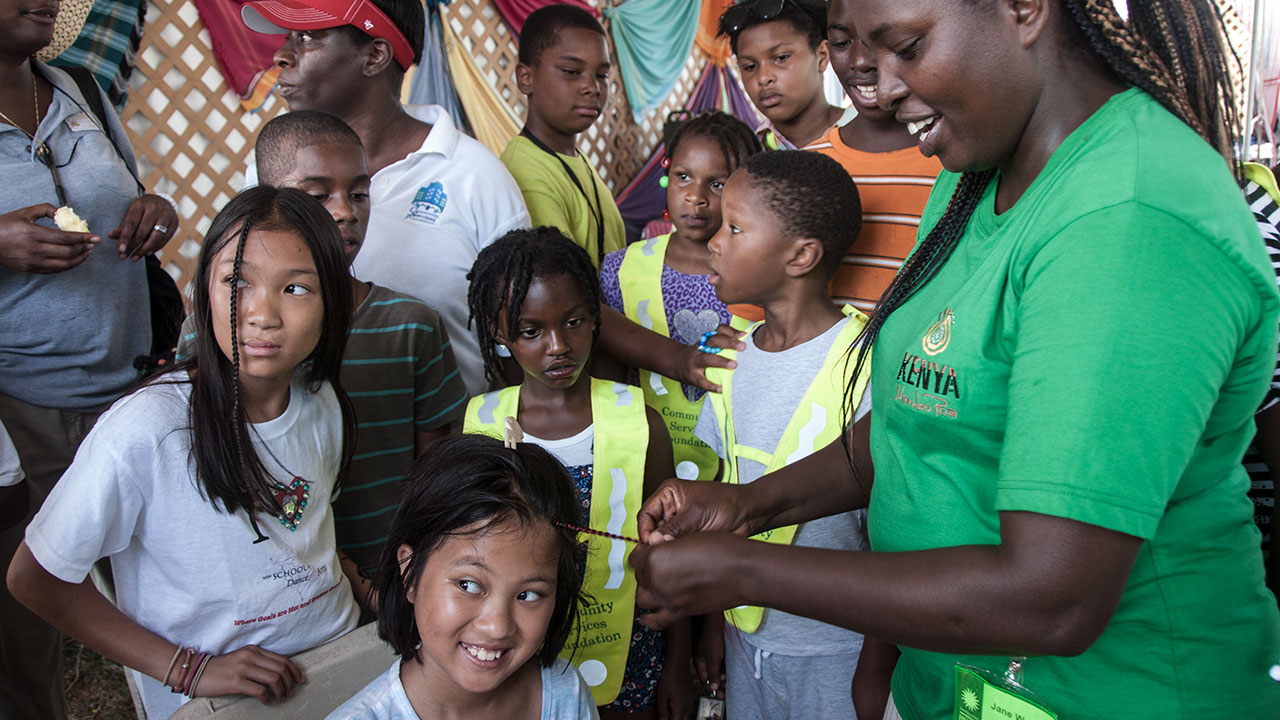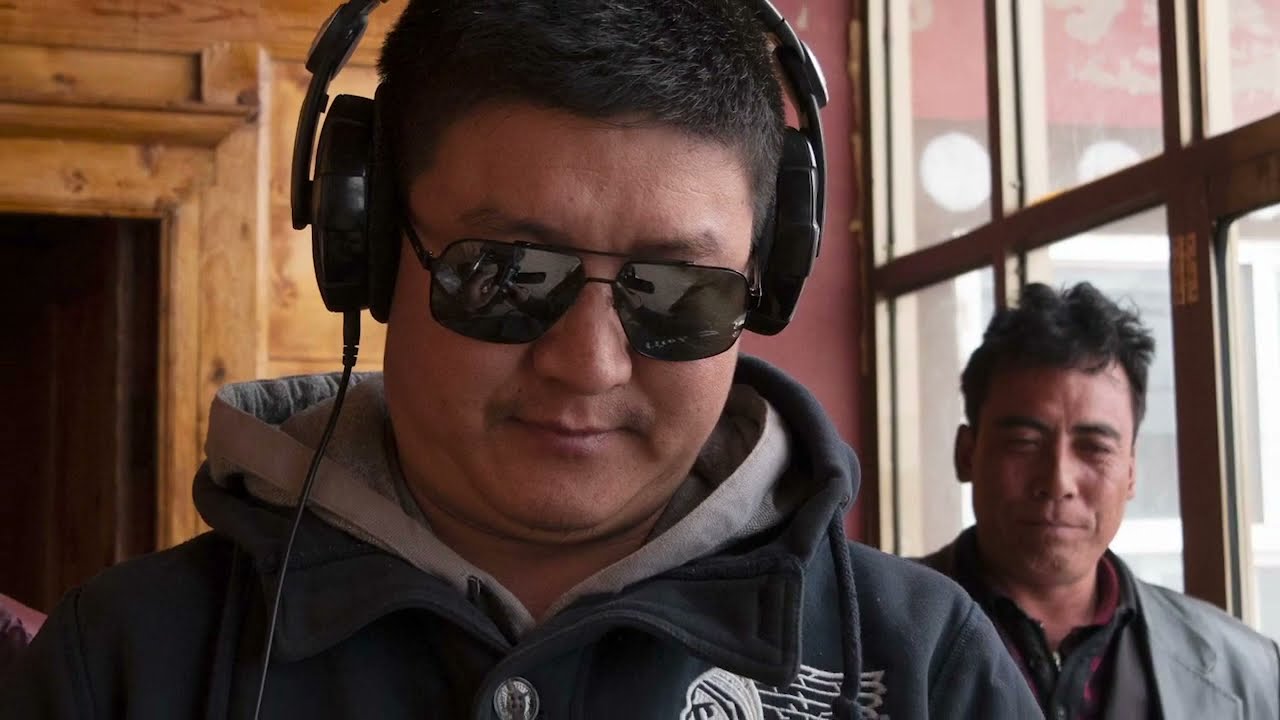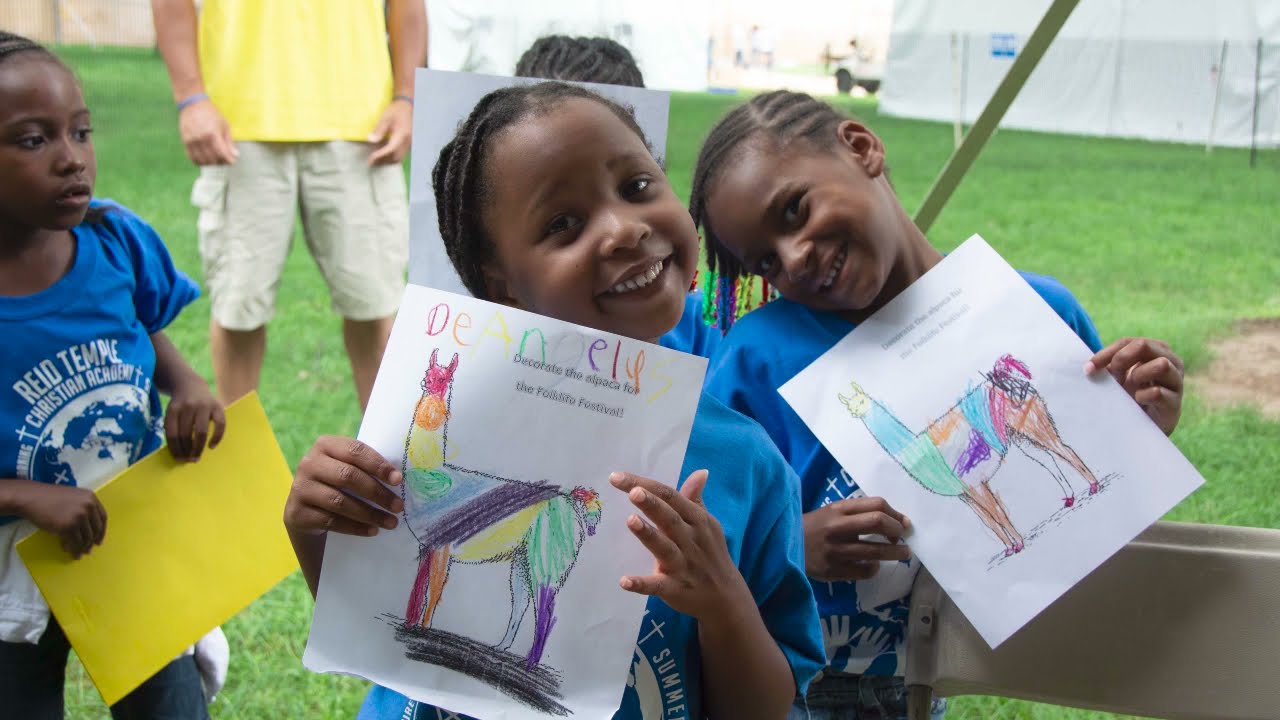Approaches to Cultural Heritage Presentation
In this digital lecture series, five curators at the Center for Folklife and Cultural Heritage share methods of cultural heritage documentation, presentation, and preservation. Drawing from experience producing the Smithsonian Folklife Festival and cultural sustainability projects, their lectures explore effective modes of community engagement, language elicitation, and multigenerational education. Viewers will learn how to facilitate meaningful interactions with tradition bearers and audience members.
These lectures were conceived specifically for an audience of Tibetan cultural heritage professionals in China, but the methods and themes are applicable to practice in any region or language.
1. Cultural Conversations at the Smithsonian Folklife Festival and Beyond
James Deutsch offers an introduction to the Smithsonian Folklife Festival as a model for museums to document, present, and preserve cultural heritage. In what we call “cultural conversations,” Festival visitors not only hear but also understand and value the first-person voices of the featured tradition bearers and the communities they represent. Viewers will learn various approaches to bringing first-person voices into their cultural spaces and events.
2. The Presentation of Artisans: The Community as Museum Space
Diana N’Diaye explains how museums can forge relationships and collaboratively develop projects with people in the community. Activating local neighborhood settings beyond the walls of the museum, programs can build new avenues of outreach and mutual engagement. Viewers will learn how to select and present performances, demonstrations, workshops, and discussions for the public that feature exemplary artisans and diverse forms of expressive culture.
3. Incorporating Language Diversity into Cultural Heritage Research and Presentations
Mary Linn focuses on the importance of language in cultural representation and conversations. Beyond signage and translation, there are many ways of incorporating the mother languages of artisans and tradition bearers at festivals and in museums. Viewers will learn ways in which research for museum collections, exhibits, and programming can create rich documentation that can be repurposed as language materials for future generations.
4. The Representation of Cultural Heritage through Effective Modes of Presentation and Interpretation
Marjorie Hunt explores some of the most effective modes of presentation and interpretation that enable diverse tradition bearers to tell their own stories, to speak in their own voices, and to facilitate meaningful face-to-face “cultural conversations.” Viewers will learn how to engage in ongoing dialogues with tradition bearers to better understand what they wish to present about their culture and traditions, then collaborate to determine the best ways to share that with the public.
5. Teaching Folklore to Learners of All Ages
Betty Belanus examines how to develop educational programs and materials for a wide audience, especially children and families. Through publications, online content, and digital and live programming, people of all ages can participate in community-based collaborative research and cultural self-representation. Viewers will learn strategies that have been successful in creating programs and activities that engage multigenerational groups in learning about cultural heritage.
Further Resources
- View all video transcripts as one document
- The Smithsonian Folklife and Oral History Interviewing Guide
- Video Production Handbook
- Videos: Art and Craft Traditions in China
- Online Exhibition: Lag Zo: Making on the Tibetan Plateau
- MOOC: Methods and Techniques for Documenting and Preserving Tibetan Culture






